| << Chapter < Page | Chapter >> Page > |
How are the polar axes different from the x - and y -axes of the Cartesian plane?
Explain how polar coordinates are graphed.
Determine for the point, then move units from the pole to plot the point. If is negative, move units from the pole in the opposite direction but along the same angle. The point is a distance of away from the origin at an angle of from the polar axis.
How are the points and related?
Explain why the points and are the same.
The point has a positive angle but a negative radius and is plotted by moving to an angle of and then moving 3 units in the negative direction. This places the point 3 units down the negative y -axis. The point has a negative angle and a positive radius and is plotted by first moving to an angle of and then moving 3 units down, which is the positive direction for a negative angle. The point is also 3 units down the negative y -axis.
For the following exercises, convert the given polar coordinates to Cartesian coordinates with and Remember to consider the quadrant in which the given point is located when determining for the point.
For the following exercises, convert the given Cartesian coordinates to polar coordinates with Remember to consider the quadrant in which the given point is located.
For the following exercises, convert the given Cartesian equation to a polar equation.
For the following exercises, convert the given polar equation to a Cartesian equation. Write in the standard form of a conic if possible, and identify the conic section represented.
or circle
line
line
hyperbola
circle
line
For the following exercises, find the polar coordinates of the point.
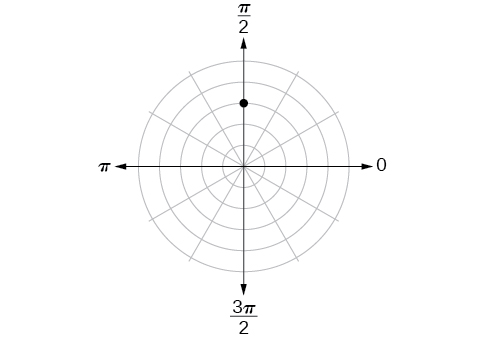
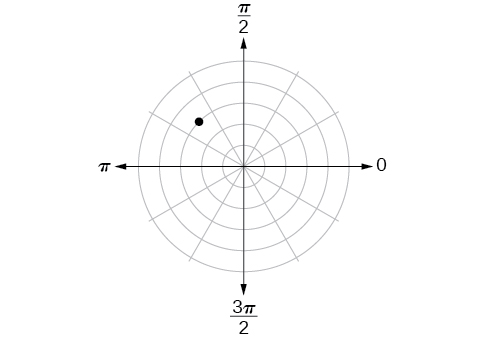
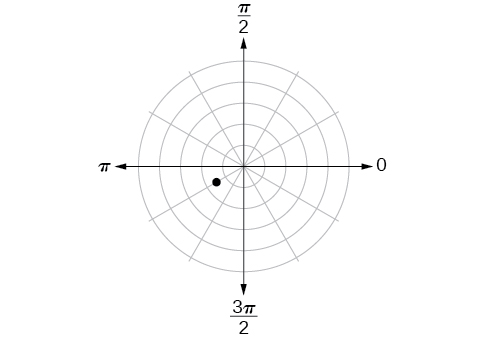
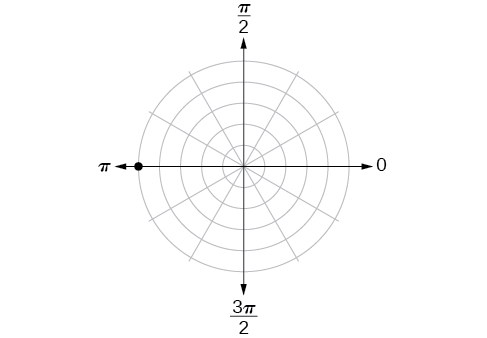
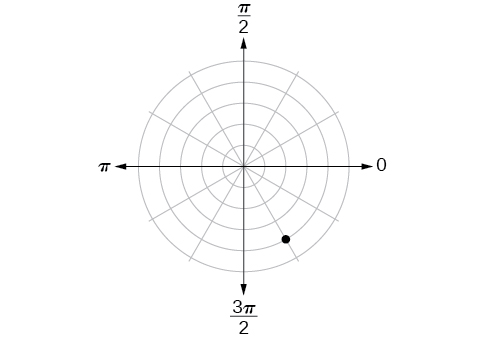
For the following exercises, plot the points.
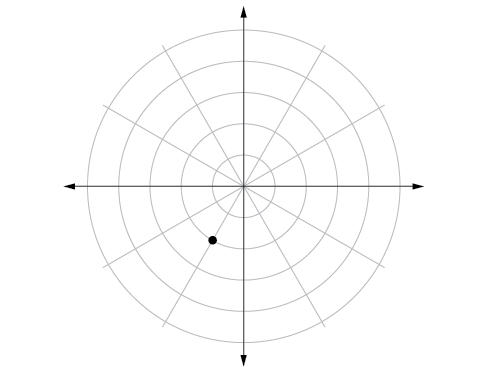
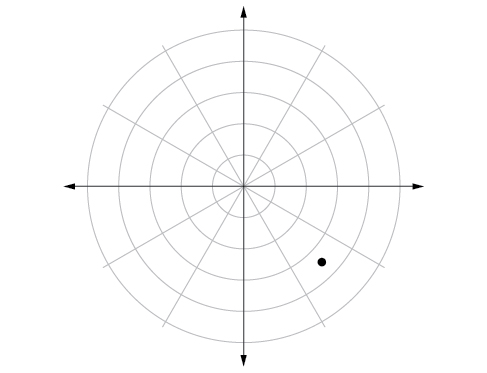
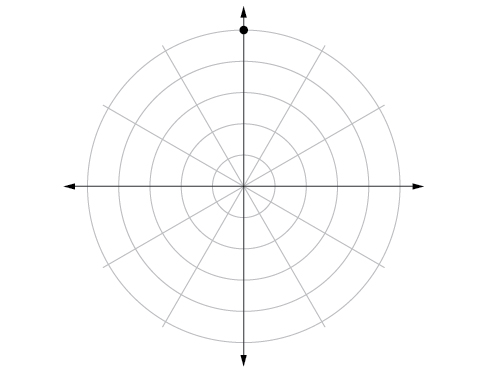
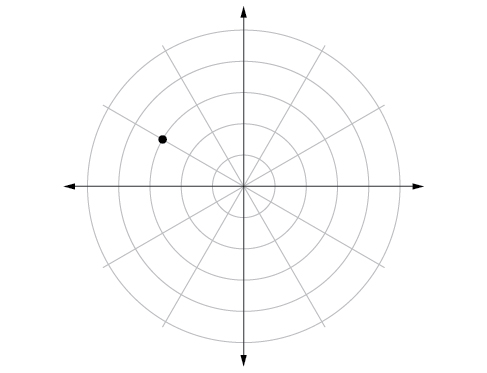
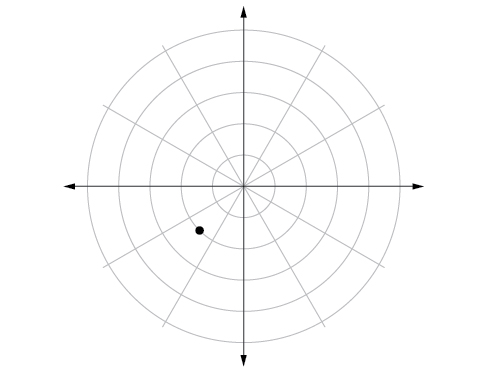
For the following exercises, convert the equation from rectangular to polar form and graph on the polar axis.
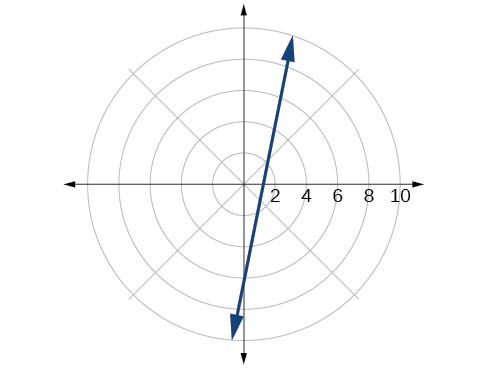
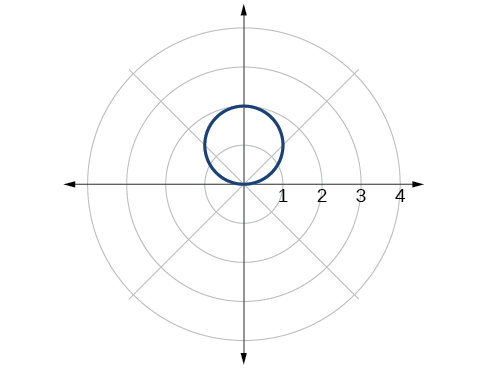
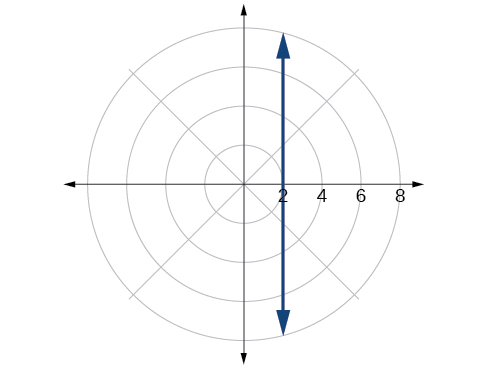
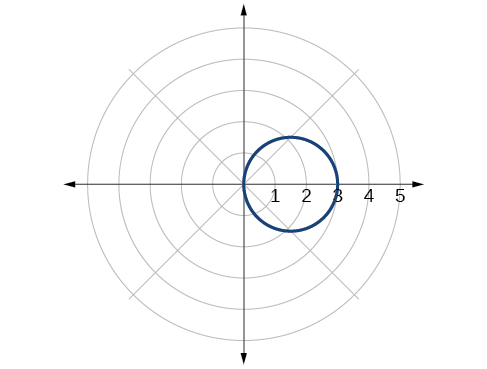
For the following exercises, convert the equation from polar to rectangular form and graph on the rectangular plane.
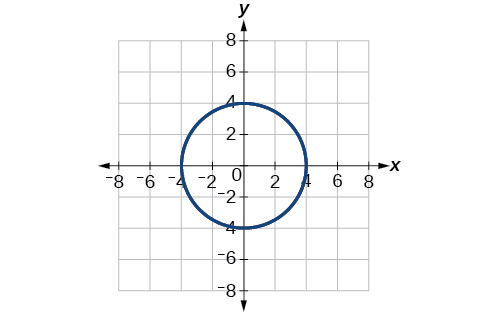
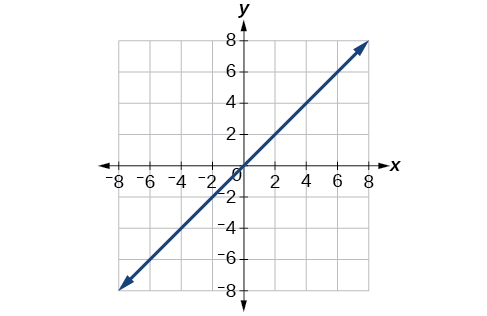
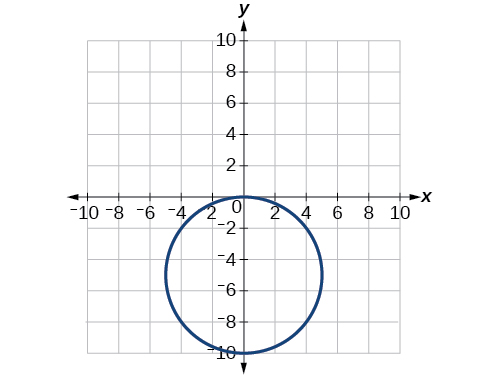
Use a graphing calculator to find the rectangular coordinates of Round to the nearest thousandth.
Use a graphing calculator to find the rectangular coordinates of Round to the nearest thousandth.
Use a graphing calculator to find the polar coordinates of in degrees. Round to the nearest thousandth.
Use a graphing calculator to find the polar coordinates of in degrees. Round to the nearest hundredth.
Use a graphing calculator to find the polar coordinates of in radians. Round to the nearest hundredth.
Describe the graph of
Describe the graph of
A vertical line with units left of the y -axis.
Describe the graph of
Describe the graph of
A horizontal line with units below the x -axis.
What polar equations will give an oblique line?
For the following exercise, graph the polar inequality.
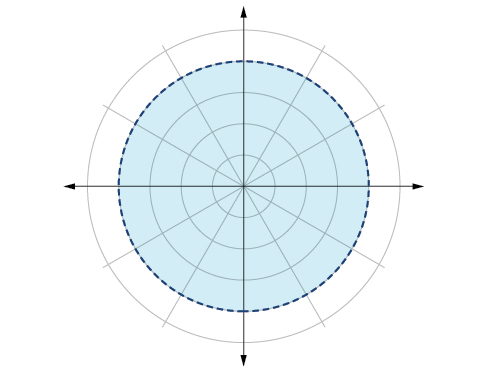
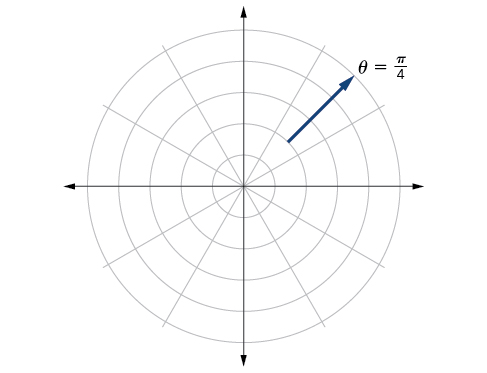
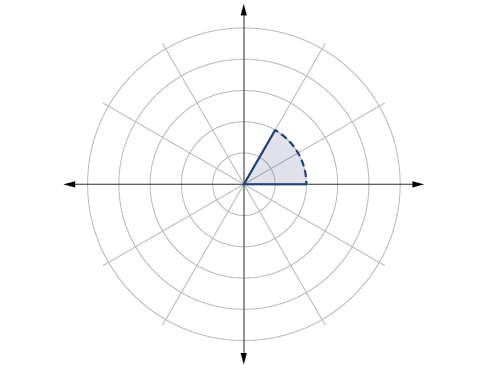

Notification Switch
Would you like to follow the 'Essential precalculus, part 2' conversation and receive update notifications?